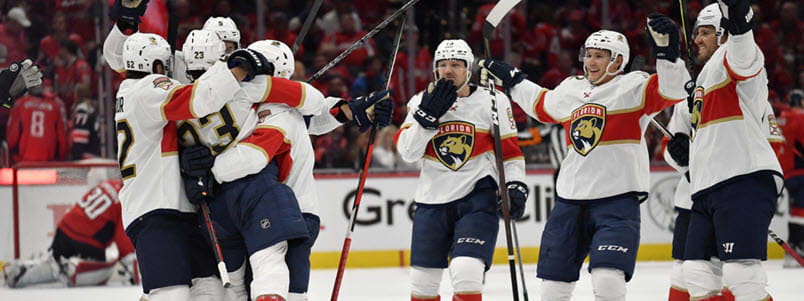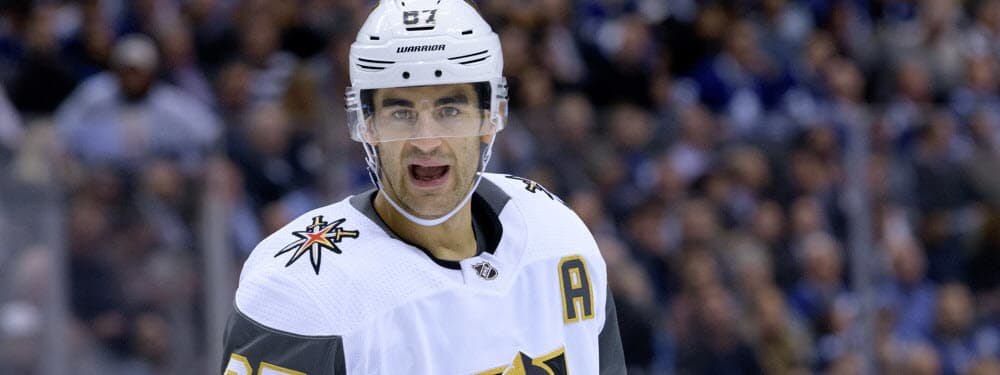Recent RotoWire Articles Featuring John Klingberg
See More
Klingberg couldn't get a long-term deal last summer, so he instead settled for a prove-it contract with the Ducks. By the end of the year, he was in Minnesota following a trade with the Wild. He ended the campaign having accumulated 33 points (10 on the power play), 84 blocked shots and a minus-25 rating over 67 regular-season games. The defensive flaws can be explained by spending time in Anaheim, but he really didn't end up proving anything more than he had in recent years. He's good for a little more than 0.5 points per game and can run a power play, which is likely all the Maple Leafs will look for from him after signing him to a one-year contract in July. A potential power-play role could prove fruitful, but at best, Klingberg's likely to land in the 55-60 point range with little other production in 2023-24.
In what would be his final season in Dallas, Klingberg played in 74 games, posting 40-plus points (47) for the sixth time in eight years. He also finished with exactly 20 power-play points, the fourth time he has reached that level. On a more sour note, Klingberg's minus-28 rating was horrific. The Swede entered unrestricted free agency this past offseason looking for a lucrative long-term deal, but instead signed a one-year, $7 million contract with the Ducks. Klingberg is betting on himself, and while he will be playing for a worse team, he'll be locked into a massive role for his new club, meaning his fantasy value should hold steady. Klingberg is a No. 2 defender in fantasy drafts this fall.
With 36 points (17 on the power play) in just 53 games last year, it's safe to say Klingberg's back on track after his 32-point campaign in 2019-20. The Swede may no longer be the biggest name on the Stars' blue line, but he brings a steady mix of offense and defense to complement the likes of Miro Heiskanen, Esa Lindell and the newly-acquired Ryan Suter. With three high-scoring defensemen, it'll be interesting to see how head coach Rick Bowness distributes the power-play time, but Klingberg will likely get first dibs regardless. He should exceed 40 points and challenge for 50 while pumping 150 shots on net and adding a blocked shot per game as a lock in the top four. Even better -- he's entering a contract year and will likely want to play well enough to command a significant raise over his $4.25 million per year salary from his current deal.
Klingberg's offense took a hit in 2019-20, with career lows in goals (6), assists (26), points (32) and games played (58). It wasn't for a lack of opportunity, as Klingberg averaged 2:33 on the power play and racked up 17 points with the man advantage. The 28-year-old's decline can be partially attributed to the Stars' weak team offense of just 2.58 goals per game during the regular season. He's also missed large chunks of time to injuries over the last two seasons. Klingberg could be a solid bounce-back candidate in 2020-21, as he's shown the ability to play at a 45-to-50-point pace in the past. He'll also usually chip in around 80 blocked shots.
A hand injury cost Klingberg six weeks early in the season, but when he was on the ice he was as productive as ever, putting together a scoring pace that would have resulted in 13 goals and 58 points over a full 82 games. The 26-year-old remains a key component in the Dallas offense, but he actually fell just below three minutes of ice time a night with the man advantage, as Miro Heiskanen's emergence gave coach Jim Montgomery another option on the point. Klingberg is still the top offensive threat on the blue line, though, and with the forward ranks getting beefed up with additional star power this offseason, his slick passes could be converted into even more assists this season.
Running the point for an offense as top-heavy as Dallas' can pay some big dividends, and Klingberg cashed in last year to the tune of career high in assists, points and power-play points. The 25-year-old possesses elite vision and passing skills, which he uses to clear his own end effectively as well as provide golden opportunities for the likes of Tyler Seguin and Jamie Benn to light the lamp. Last year's production may just be scratching the surface of what Klingberg's capable of as well, as despite a career-high 204 shots on goal he failed to score double-digit goals for the first time in three years, and his minuscule 3.9 percent shooting is due for some positive regression.
Although Klingberg wasn't able to match his offensive output from 2015-16, in many ways last year was the young blueliner’s best to date in the NHL. Despite skating big minutes for a team that allowed the second most goals in the league, he kept his plus-minus rating in the black, and his defensive play continues to improve as reflected in his career-best 117 blocked shots. Heading into his fourth season, Klingberg will be joined on the Stars’ top pairing by stay-at-home veteran Marc Methot, which should free him up to jump into the rush more often just as Methot’s former partner Erik Karlsson did. Expecting Karlsson-like numbers from Klingberg might be asking too much, but with the team adding offensive talent up front in the offseason as well, Klingberg could threaten the 60-point mark once again.
After busting into the NHL as an offensive juggernaut from the back end in his rookie year, Klingberg’s used his first full season to cement his status as one of the league’s elite blueliners with a 58-point campaign, good for fifth at his position. But even though he’s a power-play force, having racked up 22 points in those situations, Klingberg’s anything but a liability on his own end, as he posted a matching plus-22 rating. Considering the Stars were below average in both defense and goaltending, that accomplishment highlights just how impressive the Swede’s two-way game is – and just how great life can be when you get to feed the puck to superstars Jamie Benn and Tyler Seguin. With six years left on the contract extension he signed in April of 2015, he’ll be providing Dallas (and fantasy owners) with great value from the blue line into the next decade.
Precious few rookie defensemen in the last couple decades -- and especially those without much of a draft pedigree -- have exploded onto the scene with a force approaching that of Klingberg's arrival in the NHL last season. After only 13 career games at the AHL level, the Swedish defenseman came up to Dallas and dominated almost from the word go, quickly growing into a clutch performer and an integral weapon on the Stars' power play. That's the role he'll occupy this year, and with a full 82-game slate, he should be able to improve on last seasons's numbers. While it'll be tough for him to maintain that very high 11.2 shooting percentage, Klingberg can reasonably be expected to increase the number of pucks he launches on goal this season, giving him a legitimate shot at double-digit markers again.






